The Tomb Raider trilogy delivers Stadia's most successful ports
The reboot, Rise and Shadow stacked up against console and PC.
A genuine highlight of the Stadia review phase, Nixxes' port of Shadow of the Tomb Raider managed to deliver an impressive streaming version of the game offering virtual parity with the Xbox One X release, with full native 4K delivered in its quality mode alongside a rock-solid 60 frames per second in the default performance setting. But Shadow is just one of three Tomb Raider titles available to Stadia users and while there are some issues with Tomb Raider 2013 and Rise of the Tomb Raider, these are still slick, impressive conversions well worth investigation - especially as the original reboot is now free for Stadia Pro subscribers in December.
We'll go through each game in turn, kicking off with the reboot, which is a conversion of the current-gen console Definitive Edition, as opposed to a conversion of the original PC version. By and large, this means that the same selection of upgrades are in place - including the new Lara model - alongside some of PC's improvements. Some, but not all: tessellation is absent, for example. Also curious is that depth of field - present in the console builds - is gone on Stadia too.
Where Stadia improves over PS4 and Xbox One is in terms of its output resolution and performance level. The streaming version operates at a nigh-on locked 60 frames per second, trumping the 30fps of Xbox One and the somewhat unstable 60fps of the PlayStation 4. Resolution also sees a profound upgrade. Dynamic resolution is in play, aiming for the highest resolution while maintaining that crucial 60fps. 1512p was a common measurement, with a maximum of 1720p found in one scene too.
That said, I did notice some problems at times with the dynamic resolution scaling, resulting in one scene hitting a low of just 1280x720. It should be stressed that getting accurate metrics here is challenging owing to the compression in the video stream, but the variance in itself is clear to see. Overall, Tomb Raider 2013 is a good port overall, and the only criticism I can really muster is that it's hard to imagine that the full 10.7 teraflops of GPU power is being deployed to run such an old game at a resolution that's much lower than full 4K. What DRS does mean though is that future iterations of Stadia hardware server-side should see the software naturally take advantage of a more capable GPU.
While the first game in the trilogy only offers one display mode, 2015's Rise of the Tomb Raider retains the same quality and performance modes of the PS4 Pro and Xbox One X versions of the game (though the X's 'enriched' mode is absent). The quality mode - available only if you have access to the 4K feed offered by Chromecast Ultra - does indeed render at a native 3840x2160 and while there are some visual tweaks, changes and compromises, it runs well at 30fps with only minor drops in areas that also challenged the X version (the water areas in The Prophet's Tomb, for example). Again though, you would expect a 10.7TF GPU to clear up the performance issues found in the 6.0TF Xbox One X game.
In terms of visual features, there are some interesting changes here. For starters, Stadia's anti-aliasing is markedly improved, or at least changed to deliver less aliasing artefacts in a compressed stream. This more effective anti-aliasing is also combined with a difference in how level of detail is handled for vegetation objects. Vegetation can look different at range, with less sub-pixel detail, resulting in less shimmer on Stadia and a more stable image overall.
In terms of rendering effects and settings, the tables turn and Xbox One X comes out on top. One of the larger differences is down to the lower quality of textures for nearly every asset found in the game, evident in both of Stadia's rendering modes, giving a softer look to the game. This is coupled with what appears to be a low level of anisotropic filtering as well, further crunching the inner surface texture detail on objects as they go out into the distance. On top of this, volumetric lighting is missing in Stadia and none of the enhancements found in X's 'enriched' mode make their way across to Stadia. Other minor effects found in all modes - such as the rim decal effect on snow deformation - are again missing on Stadia. Overall though, the port holds up and it's wonderful to see it in action on a streaming platform. It's just a little strange to see any missing features at all.

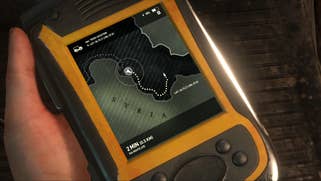

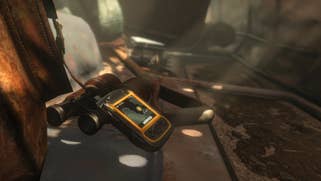



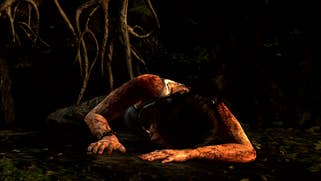
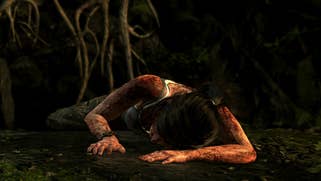
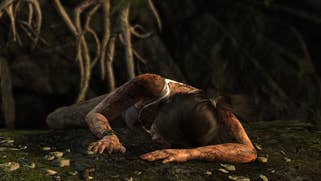



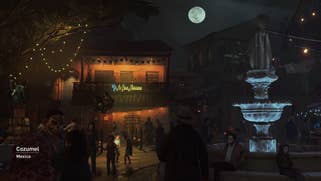
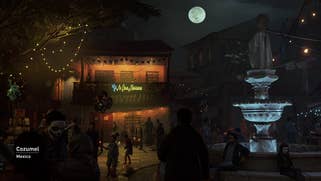
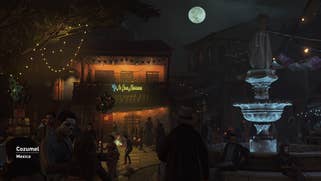
Shadow of the Tomb Raider is the last game in the trilogy and it's also where we see the greatest level of parity with the Xbox One X version of the game. Again, two rendering modes are available - performance and quality - though again, the latter is only available via Chromecast 4K streaming. Xbox One X renders these modes at 1080p and 4K respectively, with Stadia's quality mode also hitting 3840x2160. However, unlike the consoles, the performance mode runs with dynamic resolution scaling in place. Again, it's difficult to hammer down the full range, but measurements of 1224p up to 1350p were in my captures (but remember that pixel-counting in Stadia is challenging to say the least) and the range in both directions may be wider.
In terms of visual features, the Stadia version uses graphical settings that are extremely similar to Xbox One X with the only differences visible in post-processing. For example, the simulated F-stop of the bokeh depth of field effect in the game is different, giving smaller bokeh shapes - which is also present in the PC version too. Anti-aliasing is different too - it seems to be of a higher grade than Xbox One X, and likely equivalent to a higher PC preset. Changes elsewhere are thin on the ground - adjustments to lighting positioning, for example. However, in common with both of the other Tomb Raider ports, anisotropic filtering is of a lower quality than Xbox One X. I do wonder whether this is a system-level 'feature' designed to make life easier for the video encoder.
Ultimately, I'd say that the collection of Tomb Raider games for Stadia all offer a commendable experience and honestly offer up good versions of these excellent games. The fact that they all run at 60 frames per second (unless you choose not to) is also another bonus point, and personally I'd recommend playing Rise and Shadow in performance mode even if you do have access to a 4K screen and the bafflingly high amount of bandwidth required to get Stadia to offer up its 'excellent' connection rating and the 4K feed that comes with it.
On a technical level though, the presentations here are still throwing up a lot of questions about how much GPU power the Stadia developers really have to work with. I guess we will have to wait to see how more titles fair to get a more complete understanding of the rendering performance that Stadia really can deliver. We intend to continue looking at more of Stadia's offerings and will be looking at Final Fantasy 15 and Metro Exodus in due course.


